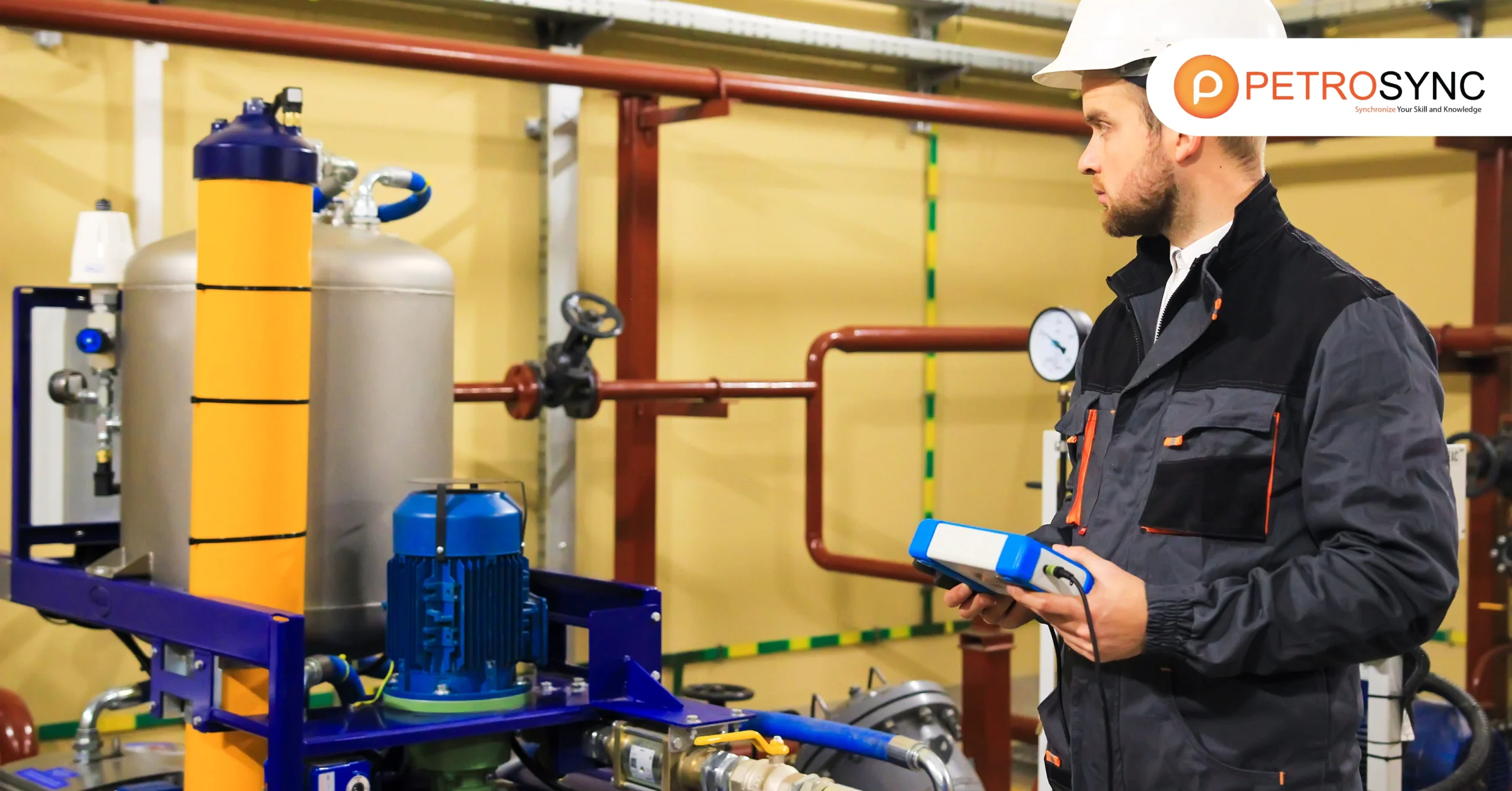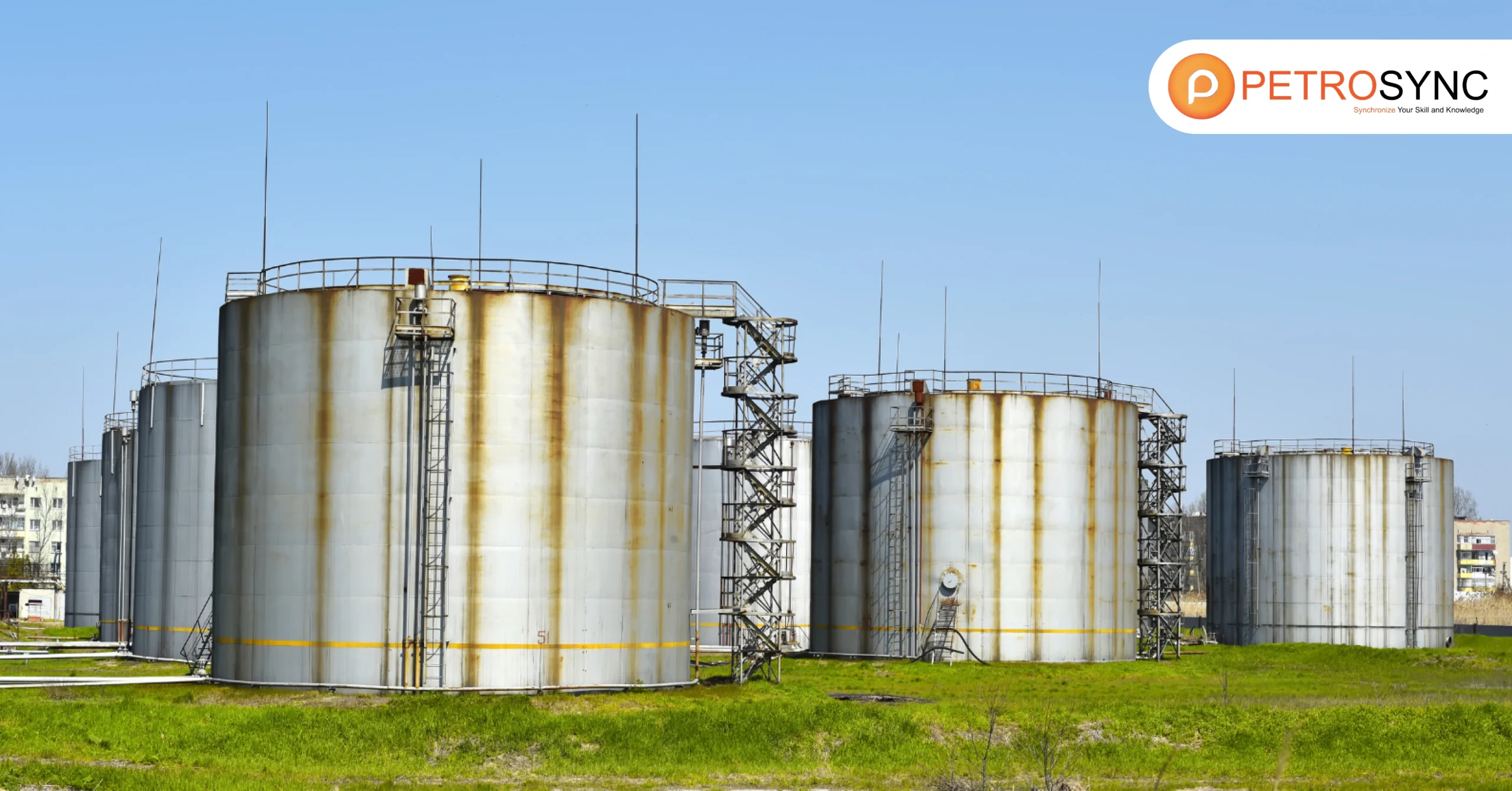On the path to obtaining API 936 certification, you need to have careful preparation. One of the crucial strategies aside from being well-versed in the API 936 standard is exploring API 936 Sample Questions. In this detailed guide, we unravel the complexities of API 936 sample questions, offering valuable insights and expert advice to enhance your chances of success.
What Is API 936?
The API 936 standard, published by the American Petroleum Institute (API), outlines the requirements for obtaining and maintaining certification as an API 936 Refractory Inspector. This standard focuses on individuals involved in the installation, inspection, testing, and maintenance of refractory linings in various industries, including petrochemical, refining, and other processing facilities.
API 936 sets the criteria for evaluating the competence of personnel engaged in these activities, ensuring they possess the necessary knowledge and skills to maintain the integrity and reliability of refractory linings in high-temperature equipment.
For qualified API 936 Inspector, API provides an individual certification program. This certification serves as a validation of proficiency in specific areas such as equipment inspection, adherence to safety standards, and ensuring the integrity of crucial components within the industry.
What is The Structure of the API 936 Exam?
| Details | API 936 Exam |
| Duration | 3 hours 15 minutes |
| Total Questions | 85 Questions |
| Question Details | 75 questions are scored
10 questions are pretest |
| Question Type | 85 questions are multiple-choice and closed book |
| Passing Score | 70% |
In conclusion, gaining familiarity with API 936 practice exams should be one of your key strategies in preparing for the API 936 certification. These practice exams provide a valuable simulation of the actual certification test, allowing you to assess your readiness and identify areas for improvement.
By regularly engaging with practice questions, you not only become acquainted with the format and structure of the API 936 exam but also enhance your understanding of the content, ensuring a more confident and effective performance on the certification day.
PetroSync realizes how familiarity with the practice exams is a strategic tool, empowering you to navigate the specific challenges posed by API 936 and reinforcing your knowledge base for success in the demanding field of refractory personnel certification.
Enroll in our API 936 training as we equip you with mock-up exams assisted by a certified instructor. Our specialized training program is designed to provide comprehensive insights, covering the essential topics and exam requirements.
PetroSync’s API 936 training ensures you are thoroughly equipped with the knowledge and skills needed to excel in the certification process. By enrolling in this training, you not only enhance your understanding of refractory personnel practices but also significantly increase your chances of success in obtaining the API 936 certification.
credit header image: Freepik

SEO specialist by day, fact-checker by night. An avid reader and content writer dedicated to delivering accurate and engaging articles through research and credible sources.






